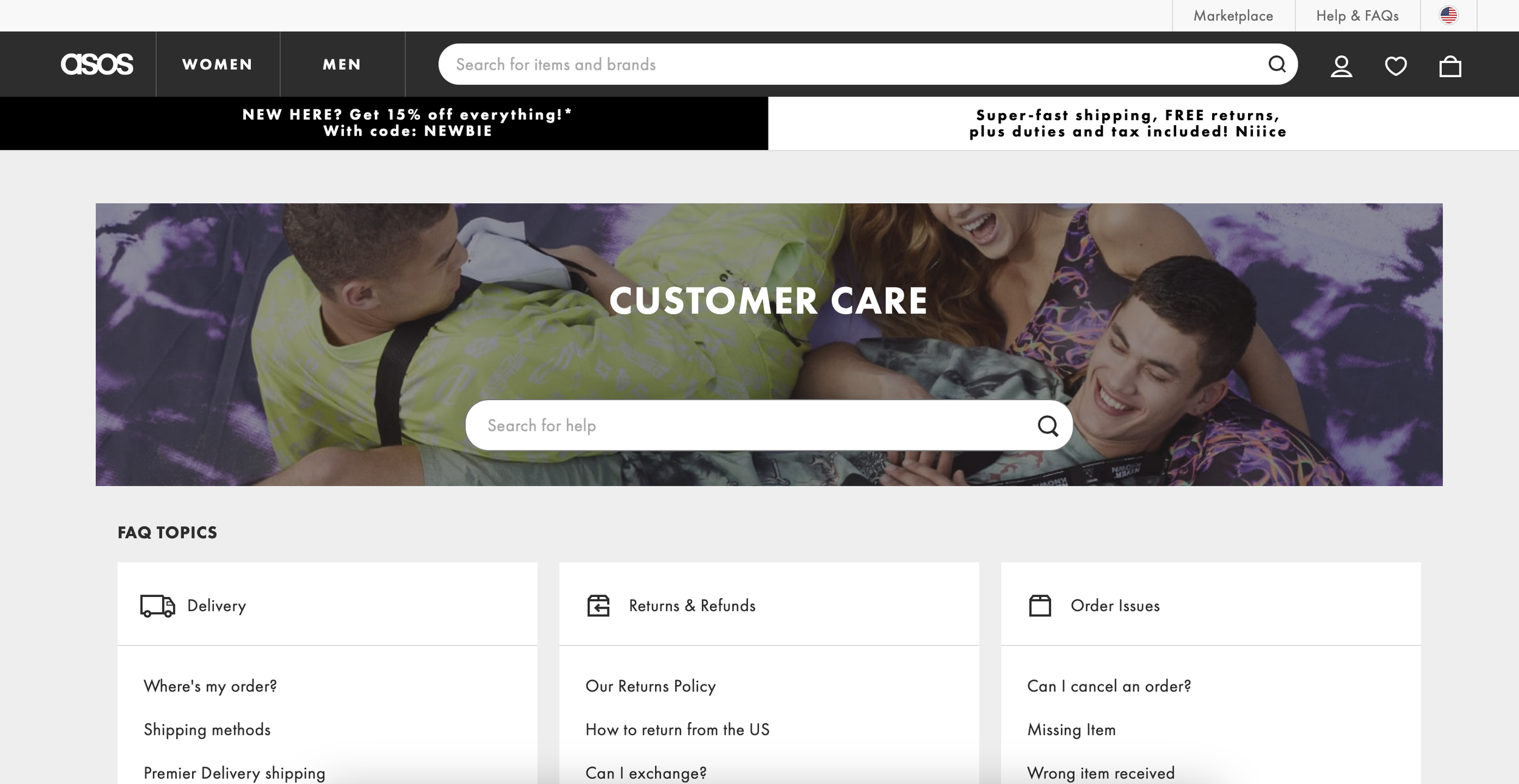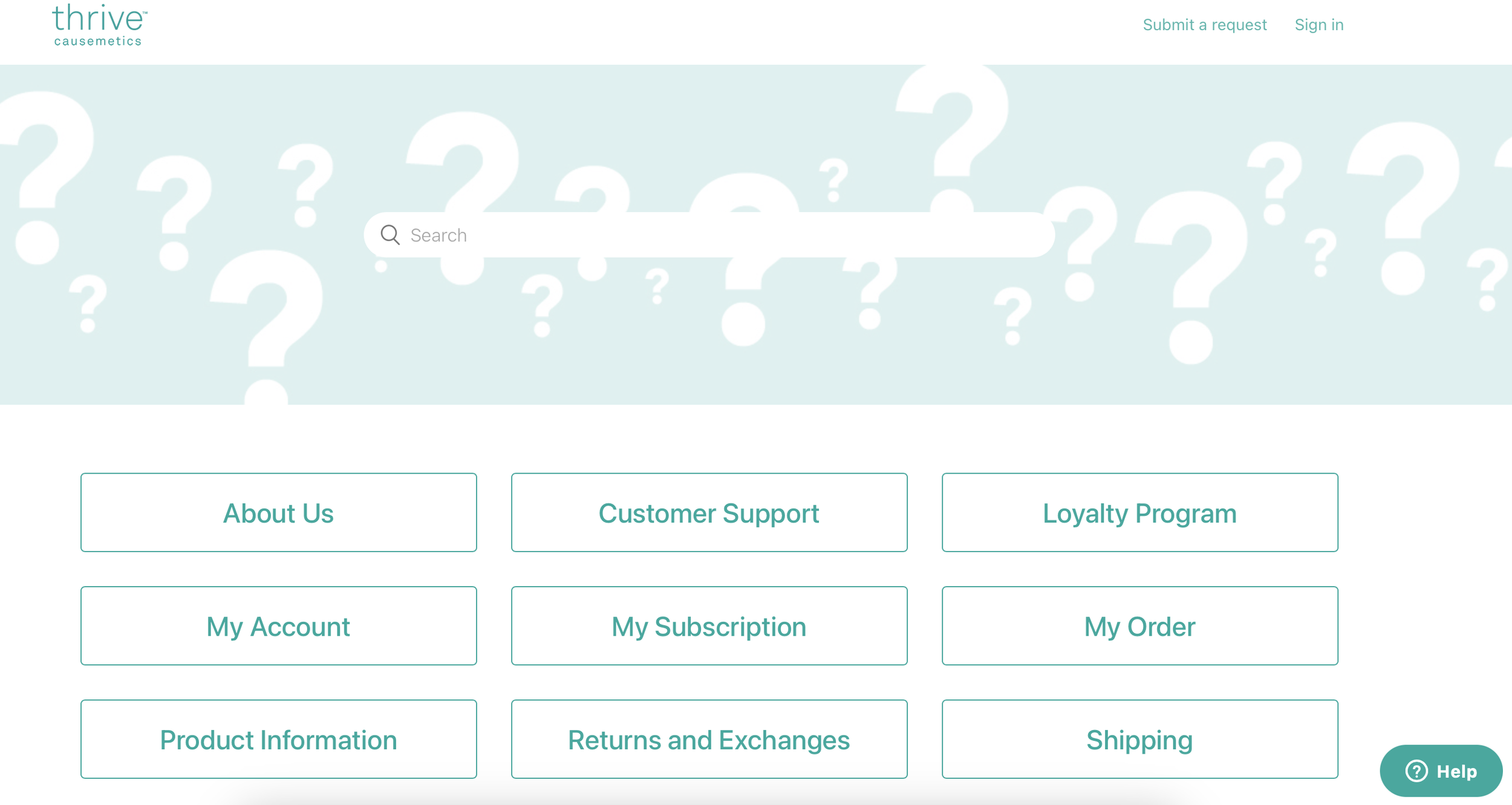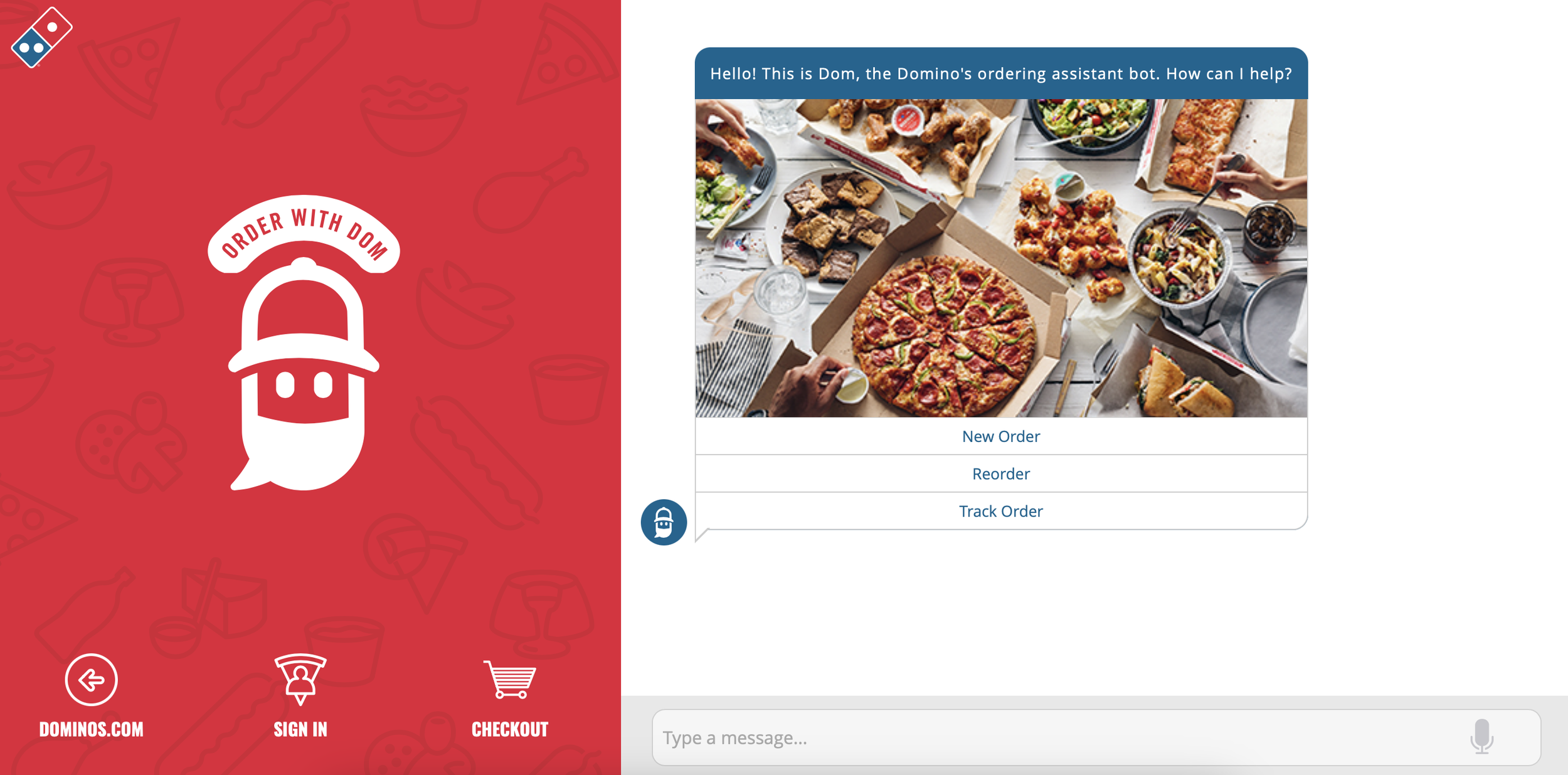Get ahead of customer complaints: 3 tactics for faster issue resolution
What’s one thing that can set you apart from the competition and have your customers coming back for more?
You don’t need to reinvent the wheel or even hop on board with all the latest trends. Answer: Improve customer experience. This will often be the factor that differentiates your ecommerce store from the rest.
One aspect of the customer experience to look at is how quickly you can resolve any customer issues. Most customers who take the time to bring an issue to your attention expect a quick response.
Forty-two percent of those who use social media to complain expect a response within 60 minutes, while 82% of consumers expect an immediate response to sales or marketing questions. Preferred response times for email, chat, and phone calls vary depending on where you look, but the overall answer is “as fast as possible,” usually 10 minutes or less.
In a world where we can access most things with the click of a button, expectations are high for customer support. Some top customer complaints include:
long wait times,
having to repeat themselves,
lack of resolution on the first call or interaction,
and lack of follow-up.
Ultimately, these pain points can tie merchants up with unresolved issues, and customers might take their business elsewhere. Improving your ability to resolve problems quickly can boost the overall customer experience, revenue and customer retention.
How can merchants resolve customer service issues faster? Here are three strategies you can implement:
#1. Implement a knowledge base
A knowledge base is a tool all businesses that get regular, commonly-asked questions should have in place. It’s basically a library of knowledge stored on your website, where your customers can find the answers to questions themselves.
A knowledge base is also a very useful tool for your support staff. When they receive questions, they can easily link to relevant articles in the knowledge base in their answers rather than giving a lengthy explanation each time. This has the advantage of ensuring that customers get consistent answers and that support questions get answered more quickly.
How to create a knowledge base
A knowledge base can be as simple or complex as your business needs. Most ecommerce businesses don’t require extensive libraries, but your particular products or services may dictate otherwise.
Here are a few basic steps for creating your knowledge base:
1. Choose the right knowledge base tool. Several tools offer a knowledge base feature and integrate with Shopify, including Monday.com, Zoho CRM, and Zendesk. Some important features to look out for when you make your choice include:
a. The ability to scale as you grow.
b. A reliable search function.
c. A user-friendly interface for your customers.
d. Simple ways to categorize your articles.
e. Reporting features (so you know what people are looking for!).
f. Easy for your team to use and update.
2. Determine which categories or topics your knowledge base needs to cover. A good place to start is with any topics or issues you are asked about repeatedly. Look through emails, support tickets, social interactions, and any other places you receive customer questions or feedback.
From there, you can list some key topics for which you must write knowledge base articles and start writing them.
3. Publish your knowledge base and make it easy for people to find. You might include a menu link on your website, and if you have a current email list, let them know you’ve published it.
Knowledge base examples
Need some examples of ecommerce businesses that have done a great job with their knowledge bases? Here are some to check out:
This British-based brand sells clothing and accessories worldwide. Its knowledge base is easily located under “help” on its menu and is laid out in a user-friendly manner. Common search items are shown upfront, and a search bar is at the top.
Dollar Shave Club is a US subscription-based ecommerce business. Its knowledge base is located under “help” on its main menu and is divided into useful categories. It also features a search bar that automatically suggests topics when you type in keywords.
The beauty brand offers a clean look to its knowledge base, which is listed under customer service on its menu. It includes common topic categories, a search function, and a link to submit a request in case customers can’t find what they need.
#2. Offer customer self-service
A knowledge base is one example of offering customers a way to help themselves. However, what if customers could do more, especially with simple requests or changes? Offering some practical self-service that allows them to complete basic tasks is a way to keep customers happy while taking some pressure off your customer support function.
One common objection to offering customer self-service is the lack of human interaction; however, customers don’t always want this anyway. Many of your customers would love the opportunity to solve simple issues independently, such as basic updates to their orders. It meets their expectations of quick resolutions and not having to wait for a response to queries.
Customers want to be able to solve ecommerce order issues themselves. Offer robust self-service options for a better experience.
Edit Order’s Customer Portal is a tool for Shopify merchants to empower customers to solve their own basic order editing needs. In fact, 67% of customers prefer self-service, rather than speaking with a company representative.
What can your customers do with Edit Order? The Customer Portal allows them to make their own simple order changes via the order status page. They can make edits to their orders such as sizes, colors, and other variants, increase or decrease item quantity, remove an item altogether, change their shipping address, and cancel their order.
Merchants can set their own rules and limitations for how Edit Order operates. For example, by setting the order modification time frame to anywhere from 30 minutes after an order is placed to seven days. You can also prevent customers from modifying their orders based on rules you create with order tags. For example, you might choose that any product tagged with “final sale” can’t be modified.
#3. Use automations
Smart automations can reduce the workload of customer service teams, while supporting your customers’ experience. Automations are best used for simple tasks or requests your team repeatedly has to handle. For example, automations can be used to send out emails in a sequence after a customer has placed an order.
Email and chatbots are standard automation tools that can improve your customer experience. Email automations might include things like order status updates and confirmations. Another good example is an acknowledgment that a customer service request has been received, and an estimate of how long the customer can expect to wait for a response. Customers want to be kept in the loop!
Chatbots harness AI (artificial intelligence) technology to provide real-time service to customers. They have the advantage of being able to work 24/7, even if your human support team isn't at work. Chatbots can quickly answer questions by accessing information they have been trained on. A potential disadvantage is that chatbots need to understand the tone or nuance of a conversation. They can provide answers they’re trained to give, but will only give requests within their training parameters.
Dominos is one example of a company using an automated chatbot for customer service. The “Order with Dom” bot allows customers to type in their requests or select from some standard options. Customers can go through the entire order process logically and naturally, as they would if they were talking to a representative on the phone.
Start resolving customer service issues faster
Speedy resolution for queries or issues should be a high priority. Implementing a knowledge base, offering customer self-service, and putting smart automations in place are just three ways to speed up your service delivery and offer an exceptional customer experience.
The bottom line is that customers are demanding quick, efficient service. They expect fast resolutions and will often switch to a competitor next time if they don’t get it. From the merchant side, efficient systems for quick service make sense. You can relieve the workload from your support teams while offering a better service.
Edit Order is a solution for Shopify Merchants to offer proactive customer support with self-service order editing. Start your free trial of Edit Order here today, and find out how self-service will improve your customer experience.






